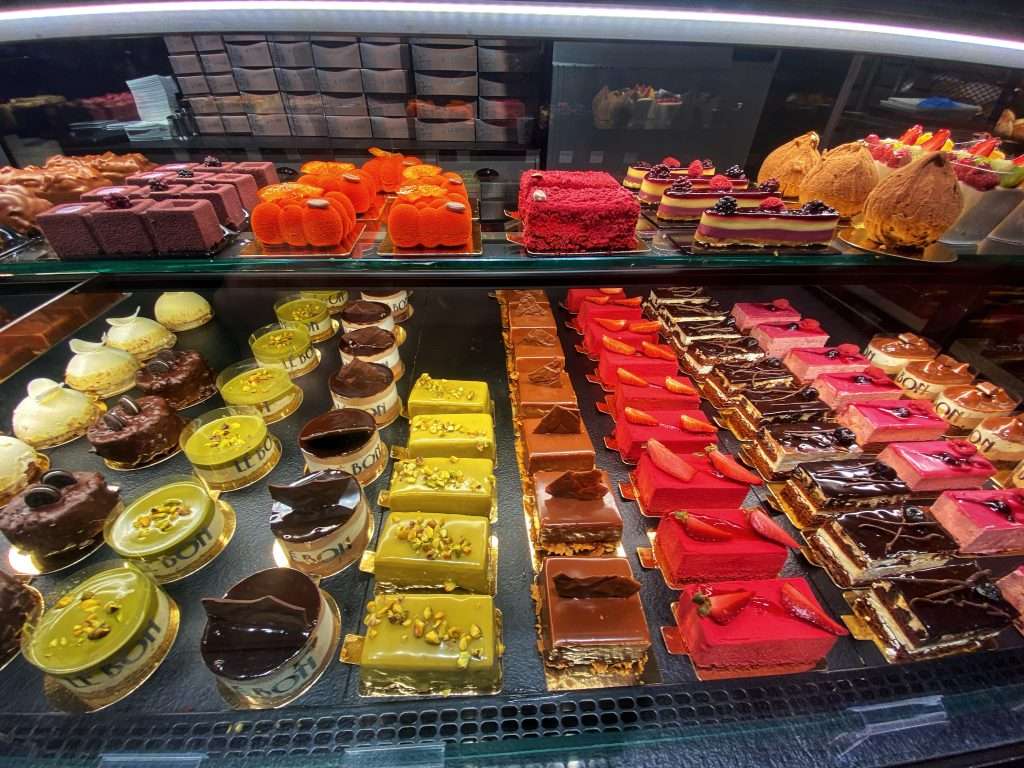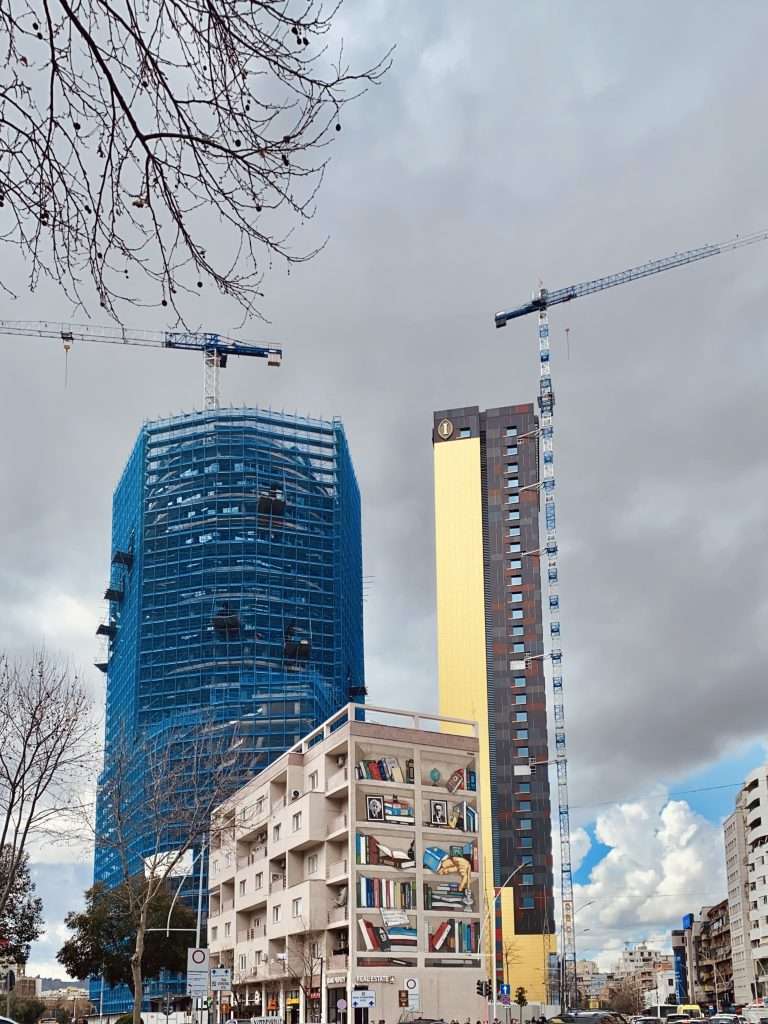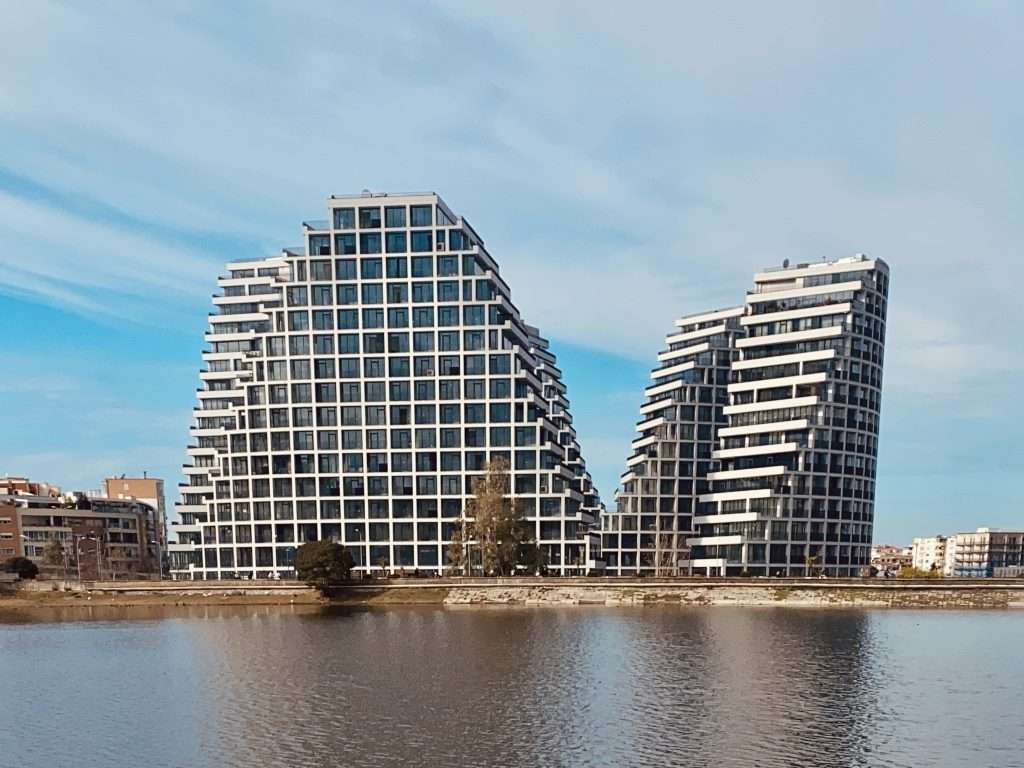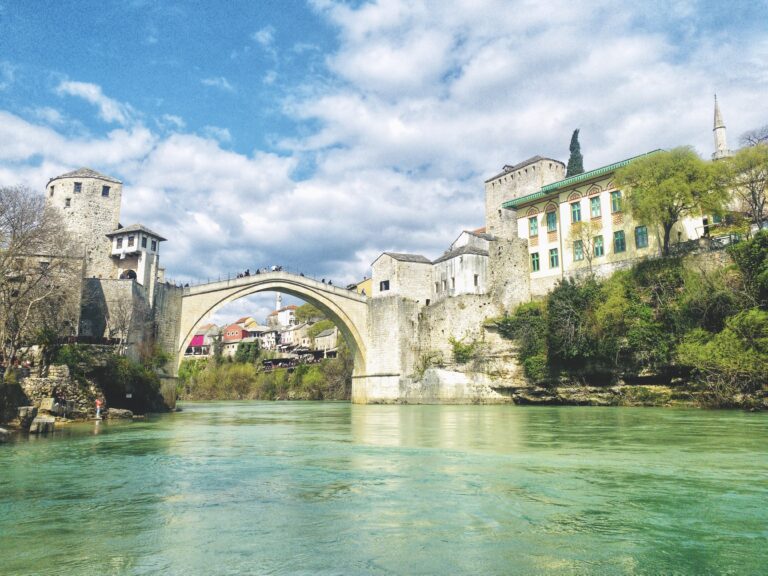Thoughts on Tirana, Albania after spending a month in the city
This Balkan capital is changing rapidly and becoming more popular with all types of nomads, tourists and expats. I spent the month of February 2024 in Tirana and will share my impressions as a solo female slow traveler.
Why visit Tirana?
I needed to split up my time in the Schengen zone, preferably somewhere affordable, with a mild climate in February. Additionally , it was just a short hop away from my previous location in Sicily. There has been a lot of positive buzz around Albania lately; I watched every video I could find, and several positive qualities stood out to me: walkability, the kindness of the people, and an abundance of coffee shops. I was sold.
Probably my favorite aspect of Tirana would be the cafe culture. There is a seemingly endless number of cafes, restaurants, and coffee shops for a rather modest-sized city. The food options are quite good, from hearty Albanian dishes to Italian, Greek, and Turkish. But I have to say that it was the bakeries and patisseries that really won me over. Yes, for some reason, Tirana has a surprising amount of French-style patisseries with names like Bonjour, Belle Epoque, and my favorite, Le Bon. Le Bon is a chain with several locations offering beautiful pastries and cakes, cafeteria-style hot dishes, and a coffee bar, all for very reasonable prices.

Going along with the cafe culture is the overall relaxed feel of the city. Apart from the crazy traffic, the pace of life is fairly tranquil. It’s a nice place to simply hang out and be, whether at a sidewalk cafe or around the artificial lake.
No need for a car if you stay in the city center. It is very walkable, and the main streets have fairly well maintained wide pavements. However, many of the smaller side streets lack sidewalks, or there may be cars parked on them. There may be open stairwells without any barriers, potholes, or broken pavements, so I would advise always to beware of where you are going, especially at night.
The Grand Park of Tirana, where the artificial lake is located, is a truly fantastic park with plenty of amenities – gym equipment, playgrounds, a tennis court, walking trails, and multiple cafes around the periphery.
Younger service people will almost always speak decent English – whenever I attempted to use the few Albanian courtesy phrases I knew, they would respond in English. Those who don’t speak English (mostly the older generation, typically at the market) will write down numbers so you know what to pay.
In terms of shopping, there are modern malls and numerous small to mid-sized supermarkets (including bio markets for organic items) dotted around. The selection is not bad, but if you are looking for any specialty items such as Asian sauces, it might be quite a scavenger hunt, and prices may not be not as cheap as you might expect. Tirana also has several branches of the German drugstore Rossmann for affordable personal care and beauty items.
There is a real “up and coming” feel here, which is most evident by the numerous building cranes all over the place. Apparently, there are also projects underway to improve transportation infrastructure. The city has been rapidly developing in recent years, and I am sure that it will look even more different in the next 3-5 years.

As Tirana is located centrally in a rather small country, it’s possible to take a day trip to the sea (Durres) or the mountains – the Dajti Express cable car on the outskirts of town will bring you to the balcony of Dajti Mountain, where there are various activities available, a restaurant, hiking trails, and spectacular views. Other day trip options would be the historical towns of Kruje or Berat. Albania as a whole is packed with interesting sights that I didn’t get to explore, but I’m sure I will come back.
Cons of Tirana
First I will mention a couple things that I have observed to be prevalent across southern Europe in general, and not necessarily specific to Albania: smoking and staring. Most of the Tirana cafes have patios where you will definitely be surrounded by secondhand smoke. As for the staring, I was prepared for it after reading forums, and from what I can tell it doesn’t matter who you are or where you come from. However, if you stand out in some way as an obvious foreigner or minority, you will probably attract more curiosity. It’s not aggressive or intimidating, but if you are generally self conscious like me, it is good to know that it is quite common.
While Tirana is definitely more affordable than any western European capital, prices overall were a bit higher than I expected based on all the YouTube videos I watched before visiting. Inflation is everywhere, of course, especially in this post-pandemic era. And Albania is becoming more popular as prices elsewhere rise even more sharply due to the war. Some things are certainly still a bargain: fresh produce at markets, baked goods, street food like bureks. Supermarkets like the popular Conad chain are very pricey, not only by local standards. It’s understandable that they have to import everything and items from the EU will cost more, but Albanian salaries are far below western European salaries. The same items which I bought at Conad in Italy just before coming here, like tortellini or yogurt, were double the price. If it is expensive for us travelers, it’s hard to imagine how locals afford it.
As for housing, if you are looking at Airbnb, the price for a decent studio for a month now seems to be around $600 at least, if you book well in advance. I paid around $650 for a very basic studio (renovated, but with almost no special amenities) in a good location. Now, obviously this is still a great deal compared to many places. But it seems like prices will only continue to rise. Of course, if you are staying longer, you may be able to find much better local rentals outside of Airbnb.
The architecture of Tirana consists of a mix of aging commieblocks (often colorfully painted, so they aren’t quite as depressing as some places) and a lot of modern highrises. There are some very unique designs – think buildings that look like they are constructed out of Lego – but there isn’t much cohesion and very little here in terms of historic, beautiful old buildings. I found it interesting to explore, but if I am honest, I prefer the aesthetics of more historic cities in general.

Finally, the current lack of transportation infrastructure means you will need to be a little flexible and adventurous if you want to travel to other parts of the country. You basically turn up at the bus “station” (which is really just a parking lot) and find the bus you need, and the fare will be collected on board – cash only. It is also possible to rent a car, but the driving in Albania can be a little scary, so proceed at your own risk. I do hope there will be a little more organization in the near future as Albania becomes more popular. There is a new airport due to open in 2025 in the southern city of Vlore, on the Albanian Riviera, and a project to restore the railway between Tirana and Durres by the end of 2024. Of course, projects like these often take longer than anticipated, so we will need to be patient.
On the whole, I think a month in Tirana was the ideal amount of time for me, but I could see myself staying longer if it were more convenient to take weekend getaways or daytrips. Tirana offers a lot for its modest size – there is an opera/ballet theatre, several museums about the communist era, the beautiful park, the proximity to the sea and mountains. But it’s obviously not going to be as cosmopolitan as a city of several million people. If you are a person looking for somewhere to relax for awhile outside of the Schengen zone while still having enough city amenities to stay busy, it’s a very good option.


